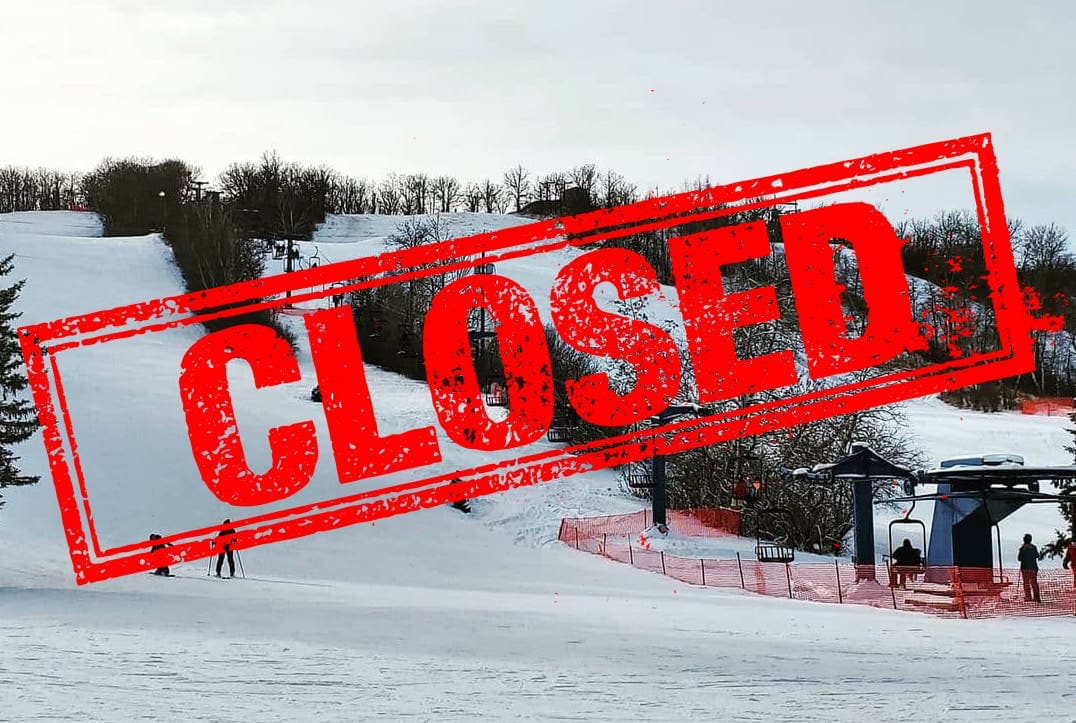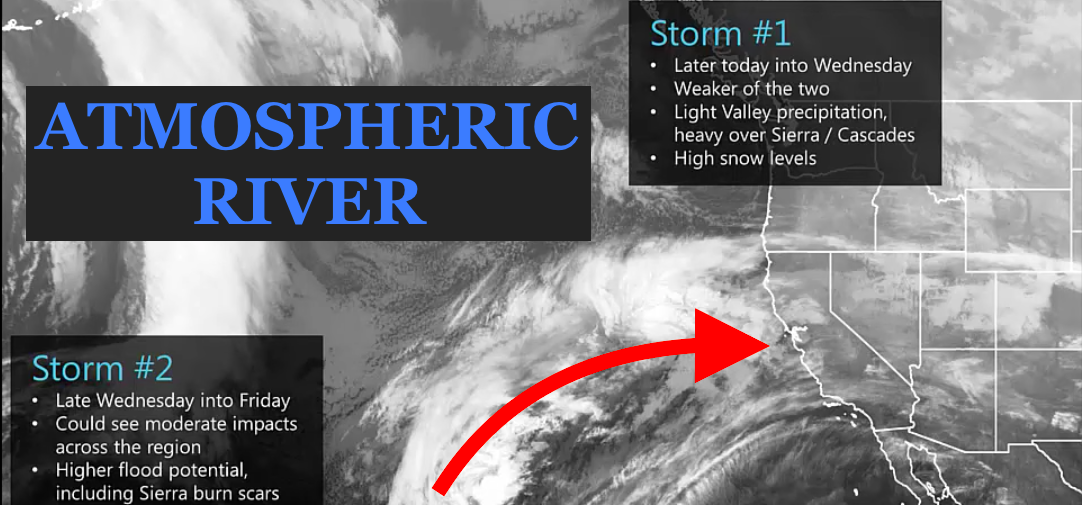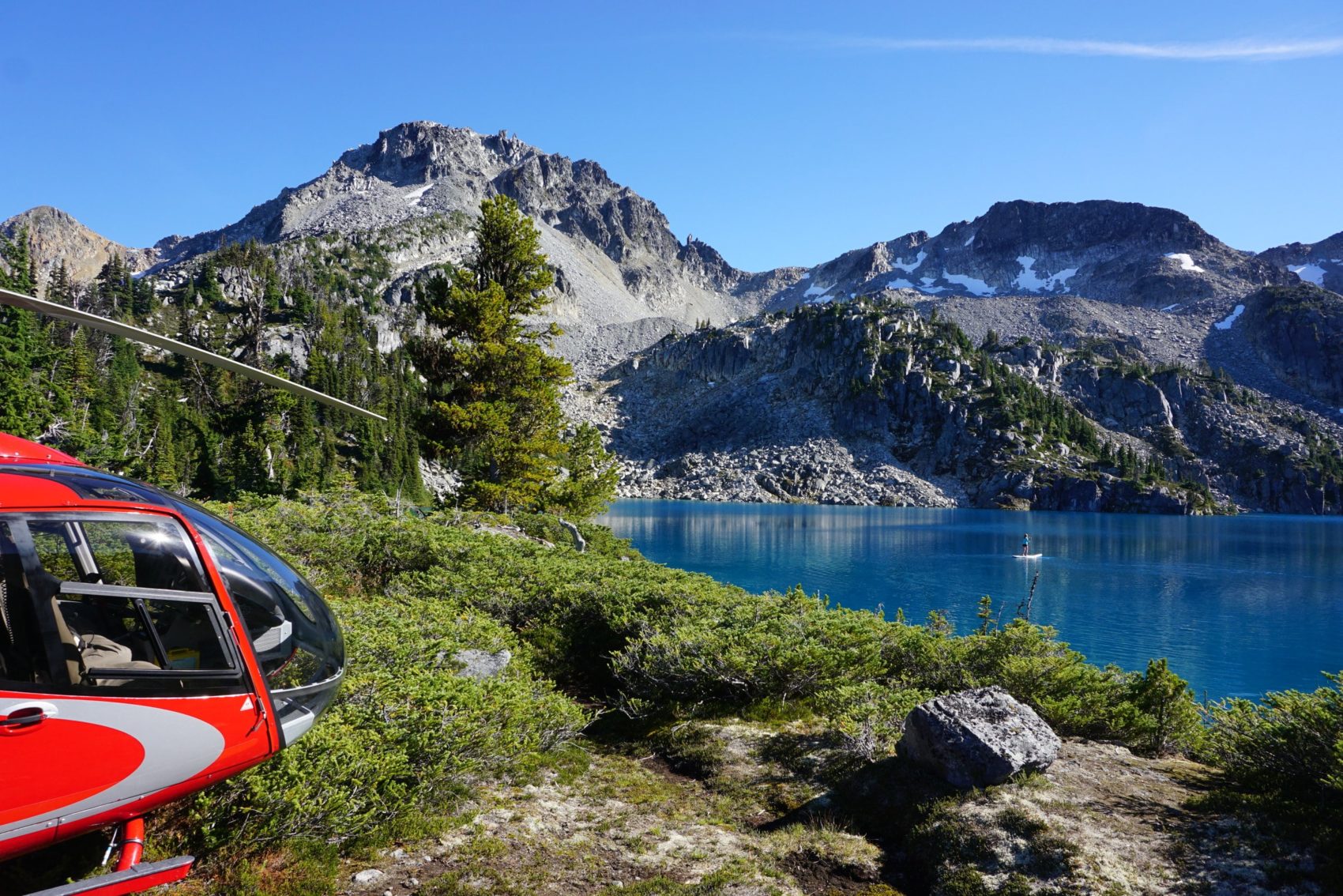
Anybody who has experienced the I-70 in winter can attest to the nightmare that it is. The route, which links Denver and the Front Range to many of Colorado’s major ski resorts, is one of the busiest highways in the country. It is made worse by the quick changing weather conditions and inexperienced drivers from out-of-state (mentioning no names) who think that just because they’re driving a 4×4 truck they can still drive at 70mph on regular tires, in white-out conditions.
But having already expanded tunnels, introduced express toll lanes and established rail routes direct to resort to alleviate some of the pressure, the Colorado Department of Transport are still looking for improvement and have recently agreed with Hyperloop One to study the feasibility of a 360-mile route that would connect Denver with Pueblo to the south and Cheyenne, WY, to the north.
Hyperloop One, the company behind the futuristic Hyperloop technology are aiming to reinvent transport and eliminate the barriers of distance and time. By 2021, they aim to deliver fast, direct, autonomous, sustainable transportation at scale.

The ‘Hyperloop One Global Challenge’ began a couple of years ago, and the company were inundated with applications from more than 2,600 teams, including governments, regional groups, universities and private companies from more than 100 countries. The ten finalists were just announced this week, with the Colorado partnership being one of them. Amongst the others were 3 more routes in the US, and routes in India, England, Mexico and Canada.

The hypothetical high-speed transportation tube would run parallel with I-70 and I-25, greatly reducing travel times and traffic in an otherwise congested corridor that sees huge holdups in the winter months.
The Hyperloop system can be installed either above land, or underground. The system uses electro-magnetic levitation to guide and lift the pod from the track, and propel it through sealed tubes. Using vacuum pumps almost all air is eliminated, creating their own ‘sky’, and simulating flying at 200,000ft above sea level. Due to the reduced air, drag is reduced so much that only the smallest amount of electricity is required to reach speeds of almost 700mph. Controlled by the most advanced systems in the world, the driverless system is totally safe and efficient, and is never delayed or overbooked.

Colorado officials said they were eager to explore the potential of the system to reduce pollution, road congestion and traffic accidents. The joint study will be just the first step in what would be a long process before any of the 4.8 million Colorado residents are able to take advantage of the technology.
If Denver wins, the new system would be an industry game changer for snow-sports in general. No longer would going to the mountains be such a chore, opening up skiing and snowboarding to a larger market for the first time as it wouldn’t require sitting in traffic for 5 hours. Instead, it’d be a little over 8 minutes from Denver to Vail.




